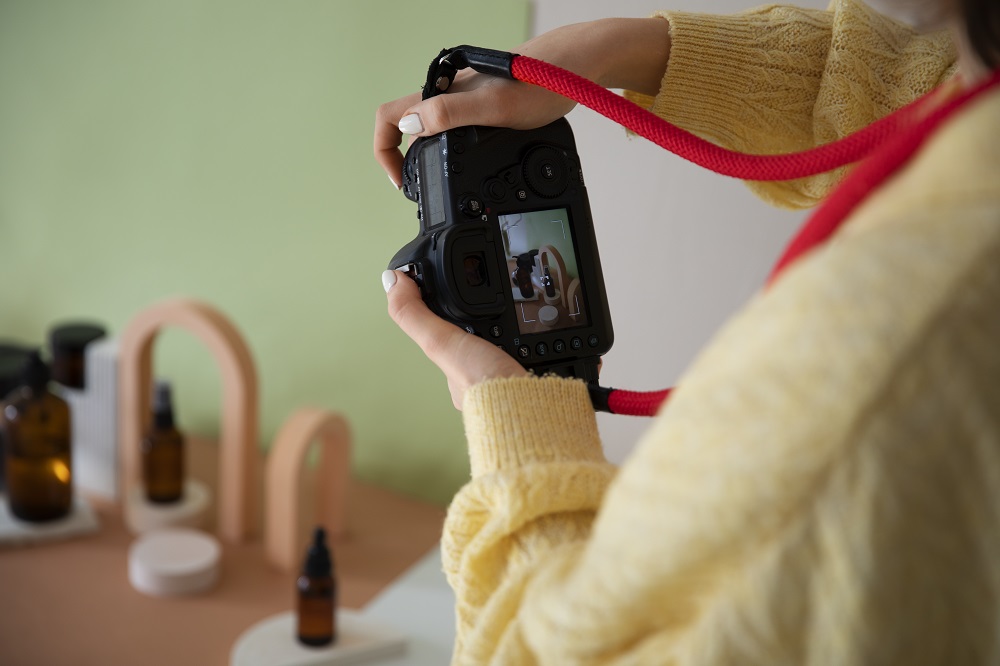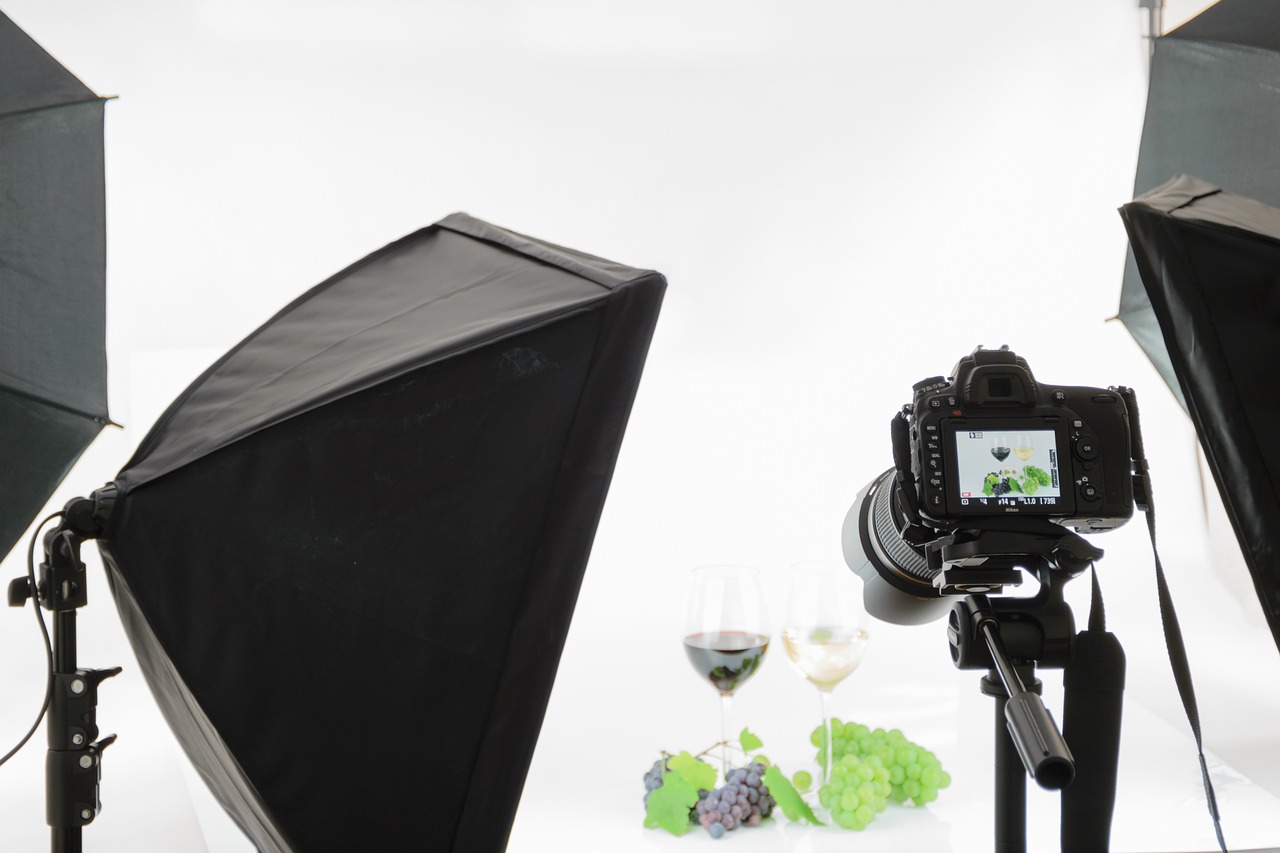When photographing clothing for your e-commerce store, you want to get it right. It could mean the difference between closing the sale and the potential customer leaving the page. Clothing photography is easier than jewellery photography because you aren’t dealing with small, shiny, and detailed pieces, but you still need to get your setup right and capture all of the details. In this guide, we’ll go over the fundamentals, including what equipment you’ll need, how to prepare your clothing items, and how to set up your photo studio for your clothing photography Montreal task.
-
Display Your Products
Before you begin your product’s photography for e-commerce sites such as Amazon Product Photography Montreal, decide how you want your clothing items to be displayed. There are three common ways that merchants photograph clothing.
Hire a Model
Hire a model if you have the funds to create ideal in-context shots of your products for e-commerce and social media. They add personality and build a stronger brand, but they cost more and require finding a convenient time to shoot.
Use Ghost Mannequin
Product photography using a realistic mannequin can enhance customer value by allowing online shoppers to see the product in action. This approach eliminates the need for a model for each photo shoot and allows for more professional product photography Montreal by removing the background later.
Flat-lay photography
Flat-lay photography is a cost-effective method for capturing clothing items. It involves laying white paper or a white sheet, ironing clothes, and flattening them. It’s important to use flat-lay photography alongside accessories or household items to drive traffic to your store.
-
Prepare Photography Equipment
The necessary equipment does not have to be prohibitively expensive. Digital cameras are becoming more affordable, and smartphone cameras are improving rapidly. Here’s a list of the photography equipment you will need:
Camera
Using the right camera is crucial for any fashion Photographer Montreal, with mirrorless cameras ideal for clothing photography due to their advanced technology, studio lighting connectivity, and lightweight design. However, smartphones can function similarly.
Lighting Equipment
Lighting is crucial in clothing photography, allowing buyers to see the details. Investing in a light kit with three lights is recommended. For smartphone photography, a continuous light kit is best, as it doesn’t need to sync with the camera’s shutter.
Studio Lighting Trigger
A studio lighting trigger is a third-party accessory that communicates with mirrorless cameras to ensure they fire or turn off simultaneously during photo-taking.
Tripod
A tripod is crucial for studio photography, preventing camera shake and ensuring stability. Choose a tripod at eye level and include a spirit level for leg setup.
Photography toolbox
Using tricks like pins and clothing pegs for clothing photography saves time in Photoshop. Tape, extra batteries, and a steam iron are essential for a perfect fit. While tape helps position fabric precisely, batteries and bulbs ensure a steady light.
-
Prepare your clothing products
A successful photo shoot requires careful planning and organization. Gathering all clothing items and setting up a production line to prepare everything is essential. Iron or steam clothes before hanging to prevent wrinkles. Have your photography toolbox with spare batteries and pins ready. Dress mannequins with the first item of clothing.
Pay attention to small details on clothing, such as buttons and buttoning. Style tassels, ties, sleeves, and clothing free of stains. This will save editing time and redo time later on. Ensure that all buttons are present and properly buttoned. When styling, ensure that tassels and ties are neatly styled, sleeves are consistently folded, and clothing is free of stains.
-
Set up your photography studio
A clothing photography studio can be a professional or a spare room, as long as you have the right camera and lighting. Set up your backdrop and prepare your lighting and camera. A three-point setup is ideal for clothing photography. Position one light next to your camera, directing it toward the mannequin. Place the second light at a 45-degree angle, further away from the first key light, and position the remaining light between the mannequin and the backdrop.
-
Set Up Your Camera Settings
When setting up your camera, you should consider three factors: aperture, ISO sensitivity, and shutter speed.
Shutter Speed
Shutter speed refers to how long your shutter will stay open. When photographing clothing, aim for a shutter speed of about 1/125.
Aperture
For clothing photography, shoot at a high f/stop, between f/8 and f/11. This will allow you to get a more focused shot of your apparel products.
ISO Sensitivity
The optimal ISO setting for clothing photography is 400–800, depending on the lighting type, with artificial lighting requiring an ISO between 600 and 800 to minimize noise.
-
Take your product photos
To capture product photography, use a stable camera and a tripod for crisper images. Position the model in the centre of the frame, and adjust the tripod or optical zoom for closer shots. Focus on small details like stitching, fabric, tags, zips, and buttons to reduce customer service inquiries and increase conversion rates. Use props, iron clothing, a padded bra, clip garments for size, and a fan for movement. Keep tags and labels out of the way with transparent tape.
-
Edit your product photos to increase sales
After you’ve photographed your products, it’s time to edit them so they look consistent for your online store. Your Ecommerce Photography Montreal’s post-production process should consider how you want your photos to appear online. Make sure to handle the alignment, white background, cropping, and colour correction to ensure consistency.
In The End
The final step is to upload your items to your online store and any marketplaces where you sell, ensuring that they meet the image requirements. Remember that clothing photography can be enjoyable and, when done correctly, can make your store look fantastic!





